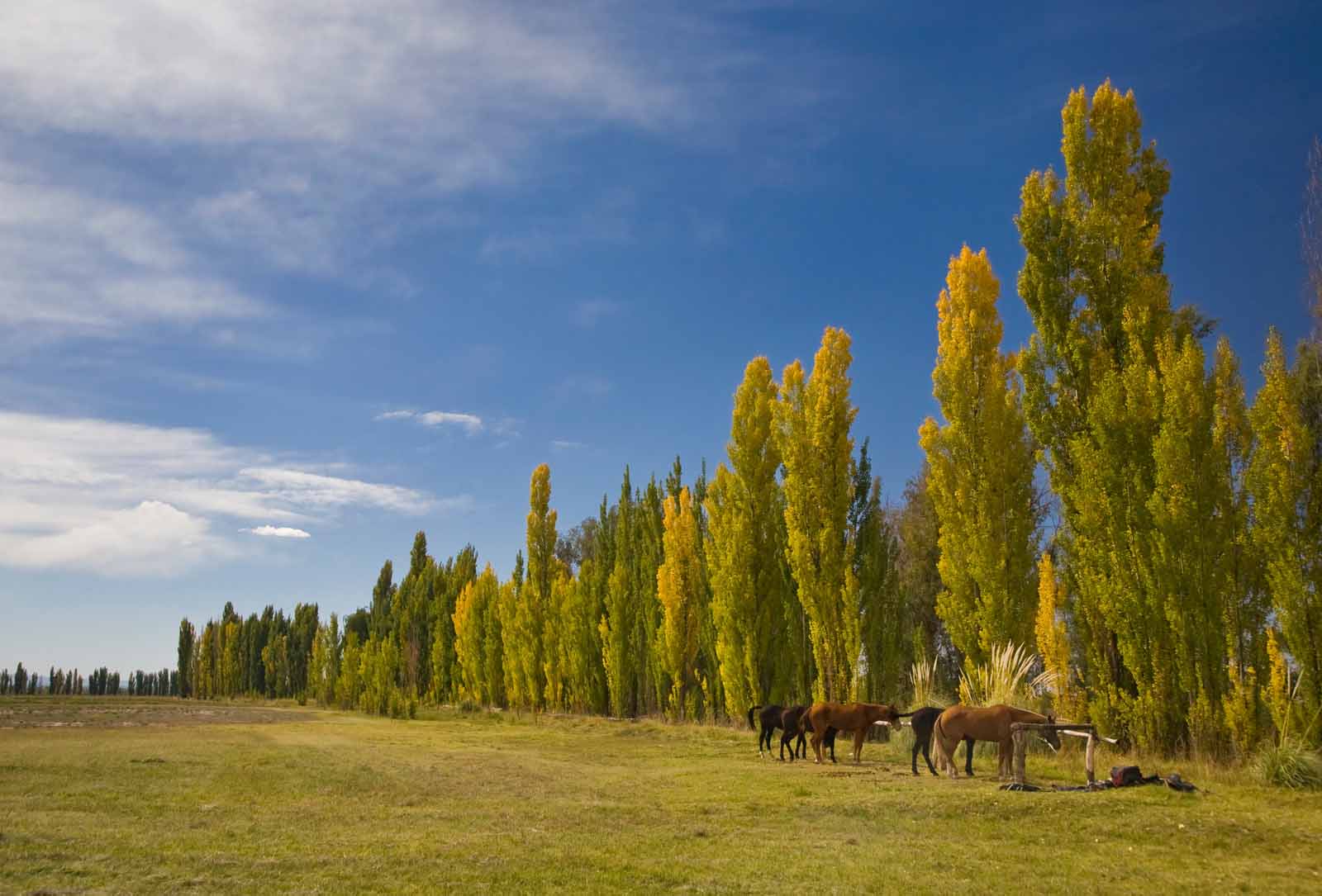
Savoring Argentina gastronomy: A Culinary Journey beyond steaks and wine
Argentina, with its rich tapestry of flavors, invites you on a culinary escapade like no other. From the smoky aromas of the famous Asado to the sweet embrace of Dulce de Leche, the country's cuisine is a celebration of diverse influences. Join me as we explore the delectable world of Argentinian dishes that will make your taste buds dance with joy.
1. The Argentinean Asado
The way to Argentina’s heart is through its Asado, or barbecue, also known as parrillada. Originating from the country’s gauchos, or cowboys, Asado is the national dish, a feast of grilled meats showcasing beef, pork, ribs, sausages, blood sausages, and sweetbreads. In Patagonia, keep an eye out for a whole lamb or pig roasting over an open flame. Lightly salted, topped with chimichurri, and paired with Malbec – this is Argentina.
For the full experience, venture into local parrillas, traditional steakhouses, where the tantalizing scent of sizzling meat wafts through the air. Engage with locals, learn about the different cuts of meat, and relish the communal spirit of this culinary tradition.
2. Chimichurri
A green salsa made of finely chopped parsley, oregano, onion, garlic, chilli pepper flakes, olive oil, and a touch of acid, such as lemon or vinegar, Chimichurri is the country’s go-to condiment. This zesty, garlicky salsa blankets grilled meats and heaps of other savory foods throughout Argentina.
Every region boasts its unique twist on chimichurri, so don’t hesitate to ask for the local variation. Some like it spicy, others prefer a milder version – either way, it adds a burst of flavor to every bite.
3. Dulce de Leche
Cows roaming Argentina’s expansive grasslands provide not only phenomenal beef but also dairy. From condensed milk comes one of Argentina's culinary treasures, Dulce de Leche. Loosely translated as 'milk jam,' this thick caramel is liberally drizzled over ice cream, filling alfajores and dessert empanadas, becoming a national favorite.
Visit local heladerías, ice cream shops, to witness the art of incorporating Dulce de Leche into diverse ice cream flavors. It's not just a topping; it's a way of life.
4. Provoleta
Argentina gives a new meaning to grilled cheese with its trademark dish of Provoleta. A consequence of significant Italian immigration, Provoleta is the country’s variant on provolone. Sliced discs of pungent, sharp cheese are topped with chilli flakes and herbs, grilled until nearly melted, crisp, and slightly caramelized on the outside, gooey and smoky on the interior. Top it off with a drizzle of olive oil or a spoonful of chimichurri.
When ordering Provoleta, savor the moment as the cheese transforms from solid to molten perfection. This communal appetizer is often shared among friends, enhancing the social aspect of Argentine dining.
5. Empanadas
Another gift from the Moors to the Spanish and, finally, to the Argentineans, Empanadas are deep-fried or baked, filled with a variety of sweet or savory stuffings. Dessert empanadas are commonly packed with quince jam, sweet potato paste, or Dulce de Leche, while savory ones are filled with spiced ground beef, chicken, goat, cheese, and/or vegetables.
Explore local markets and street vendors for an Empanada experience that reflects the regional specialties. The diverse fillings and distinctive pastry folds tell a tale of the province's culinary identity.
6. Matambre Arrollado
While thick slabs of Argentinean meat are not to be missed, indulge in Matambre Arrollado at least once. This super-slim cut of beef, thinly sliced and stuffed with vegetables, hard-boiled eggs, herbs, and olives, is rolled and cooked by boiling, baking, or grilling. Matambre translates literally to 'hunger killer,' and arrollado as 'to roll-up.'
Step into local homes during festive occasions to witness the preparation of Matambre Arrollado, often a centerpiece of family gatherings. It's a dish that unites generations through shared culinary traditions.
7. Alfajores
Argentina is said to be the world’s largest consumer of Alfajores, crumbly shortbread-like biscuits sandwiching jams, mousses, or Dulce de Leche. Rooted in the Arab world and brought to Argentina via Spain, Alfajores have become a national cookie, indulged throughout the day across the country.
Explore local bakeries to discover the myriad of Alfajor variations. Some are coated in chocolate, while others feature coconut or powdered sugar. Each bite tells a tale of regional craftsmanship.
8. Yerba Mate
Used and cultivated by indigenous populations before European colonization, Yerba Mate is a herbal- and caffeine-infused drink. Shared among friends, the gourd, fitted with a metal straw that doubles as a sieve, is passed around a group, each person sipping before passing.
Embrace the cultural significance of Yerba Mate by participating in a traditional mate-sharing ceremony. The communal act fosters connections and provides a glimpse into Argentina’s social fabric.
9. Carbonada
During the cooler months, Carbonada is a staple, stick-to-your-ribs dish. A savory, meaty, brothy stew, Carbonada is made of meat, potatoes, corn on the cob, carrots, peppers, bacon, and topped with fruits. The stew is spooned into a hollowed-out pumpkin and placed on the barbecue to cook, offering a portable stew in empanadas throughout the country.
Head to traditional eateries during winter months to savor the heartwarming flavors of Carbonada. The dish symbolizes the warmth of Argentine hospitality, served in communal settings that foster a sense of togetherness.
Embark on a culinary adventure in Argentina, where every bite tells a story of tradition, flavor, and the vibrant spirit of this South American gem.
10. Choripán
A pre-requisite before any football match, a go-to among taxi drivers, and a mainstay at markets and street stalls, Choripán is the ultimate Argentinean street food. Made with pork and beef chorizo grilled over charcoal or wood flames, the sausage is butterflied down the center, topped with chimichurri, and served between slices of crusty bread.
Explore local ferias, fairs, and street markets for a Choripán experience that mirrors the vibrancy of Argentine street life. The varied toppings and condiments add a personal touch to this street food classic.




